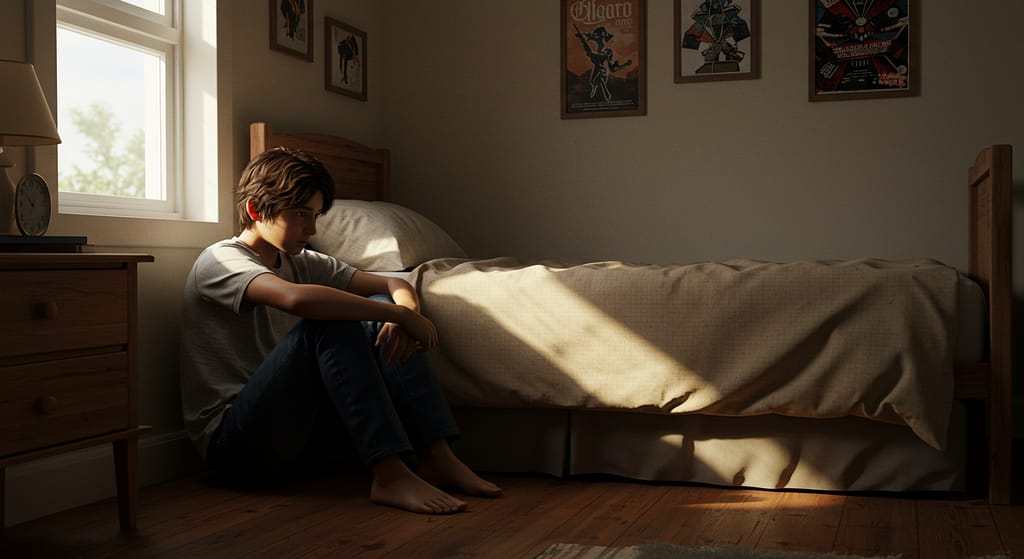
Parents, This Is for You
Childhood depression and anxiety are complex. While we often want clear-cut answers or single causes, that’s not how these mental health challenges work. Still, there are risk factors and triggers that every parent or guardian should understand. But before diving into those, let’s clarify what we’re really talking about.
What Is Childhood Depression and Anxiety?
Clinical depression—also called major depressive disorder—is more than just sadness. It shows up as low mood, lack of motivation, and a difficulty enjoying once-loved activities. Children may struggle just to get through the day.
Anxiety disorders, on the other hand, involve extreme worry and a heightened “fight or flight” response. What others might see as minor can trigger intense fear or nervousness in a child.
These Are Medical Conditions, Not Phases
Childhood depression and anxiety aren’t passing phases or simply “holiday blues.” These are medical conditions and should be treated seriously, often requiring professional help. Recognizing and managing risk factors can make a big difference early on.
Common Risk Factors
Here are some of the biggest contributors to childhood depression and anxiety:
- Physical Health
Ongoing or severe illnesses, obesity, or chronic pain add emotional stress. This can trigger or worsen depressive symptoms. - Toxic Environment
A chaotic home or unsafe school environment may cause fear, insecurity, or trauma—especially if change happens suddenly. - Family History
If depression or anxiety runs in your family, the genetic risk increases. It’s not a guarantee, but it’s a significant indicator. - Biological Factors
Hormonal imbalances or neurotransmitter issues can increase vulnerability. These may not be obvious but are medically valid causes.
The Power of a Safe Environment
While you can’t control everything—like biology or family history—you can influence your child’s emotional environment. A calm, respectful home or school space gives kids a better chance at mental wellness. This includes helping them adapt to tough changes, like moving to higher grades or losing friendships.
One of the most powerful things you can do? Be present. Listen to them. Support them without judgment. You may not always have the answer, but your presence matters more than you know.
Be Aware of Triggers
Triggers are events or situations that can cause a depressive or anxious episode. For example:
- A surprise test may trigger panic for a child with anxiety.
- A family gathering might be distressing if it involves someone who previously bullied them.
As a parent, pay attention to what sparks emotional changes. Being informed helps you respond with care—before things get worse.
Your Support Is Their Strength
With your love and guidance, your child can manage depression and anxiety. Don’t underestimate the impact of your support. Let them know they’re not alone. Encourage them. Advocate for professional help if needed.
When a child feels seen and supported, their journey through mental health struggles becomes a lot more manageable—and hopeful.

While childhood depression is certainly sad I am always happy to see posts such as yours. The reason is simple…. of we do not talk about it there will be no healing.
Patrice, both our ELISE and MENAKA have chosen your post to be featured in the next Blogger’s Pit Stop.
Right before I read your post, I read another post that reported on a study of An analysis of blood samples from pregnant women and the cord blood of their babies revealed 109 chemicals, including 55 previously not found in humans and 42 “mystery chemicals” with sources and uses that were not identified.
I will try and leave you a link. My question is – how much do these chemicals play in childhood depression. Your post gives some good help and advice. These chemicals could be the source. Governments need to get strict on chemical use.
Kathleen Aherne, Interesting, I have to do some more research then do a blog post on these “mystery chemicals” from pregnant mother’s role in childhood depression.